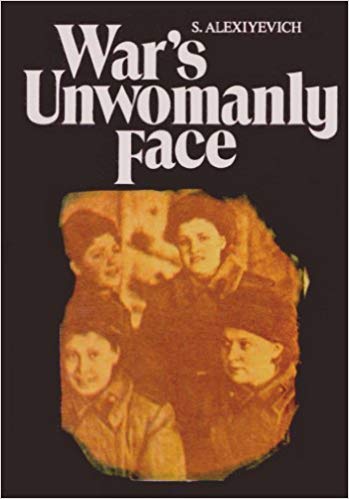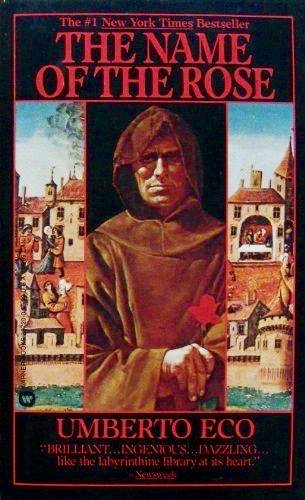
PALACE WALK, the first volume of the Cairo Trilogy by the Egyptian author Naguib Mahfouz, was published in 1990 in a translation from the Arabic by William Maynard Hutchins and Olive E. Kenny. Mahfouz had won the Nobel Prize for Literature two years earlier; the first and, so far, the only Arab writer to have done so. Doubleday editor Jacqueline Kennedy Onassis immediately snapped up the rights to several of his books and oversaw the translation of PALACE WALK.
Originally written in the 1950s, the Cairo Trilogy is an engrossing saga that follows three generations of a well-off Muslim family in Cairo, from the start of the Egyptian revolution against the British in 1919 to the end of World War Two. The English editions were published in successive years: the second volume, PALACE OF DESIRE (translated by W.M. Hutchins, O.E. Kenny and Lorne M. Kenny), came out in 1991, SUGAR STREET (translated by W.M. Hutchins and Angele Botros Samaan) in 1992.
Mahfouz is regarded as one of the fathers of the modern Arabic novel. In the seven decades of his career, he published 34 novels and hundreds of short stories. The Nobel win was transformational – not so much for Mahfouz, who by all accounts continued to live a modest life, but for the sudden interest it sparked in Arabic literature. Shortly after winning the prize, Mahfouz commented:
“The Nobel Prize has given me, for the first time in my life, the feeling that my literature could be appreciated on an international level. The Arab world also won the Nobel with me. I believe that international doors have opened, and that from now on, literate people will consider Arab literature also. We deserve that recognition.”
*
Other major translations of 1990 include TOO LOUD A SOLITUDE by Bohumil Hrabal (#TA60 1989), in which a paper baler secretly salvages and reads the outlawed books he’s supposed to be pulping.
Michael Henry Heim, who translated Hrabal’s book from the Czech, was one of the finest and most admired translators of his generation. (See #TA60 1984 for his work with Milan Kundera.) After initially studying under Gregory Rabassa, he focussed on Slavic languages and literature, which he taught for forty years at the University of California. Heim was a true polyglot. He mastered twelve languages and translated from eight – Czech, Russian, Serbo-Croatian, French, Italian, German and Dutch.
After his death in 2012, it was revealed that he was the anonymous donor behind the PEN Translation Fund, established in 2003 to support translators and promote literature in translation. You can read more about the remarkable Michael Henry Heim in this obituary from UCLA. Do watch the lovely short video in which he relates personal anecdotes – in four languages – explaining his belief that motivation is the key to successful language learning.
Also published in English for the first time in 1990: Clarice Lispector’s NEAR TO THE WILD HEART, translated from the Brazilian Portuguese by Giovanni Pontiero (#TA60 1972). A new translation by Alison Entrekin was commissioned in 2012 as part of New Directions’ Lispector series, previously mentioned in #TA60 1989.
Palace Walk
https://www.penguin.co.uk/books/100/1004494/palace-walk/9780552995801.html
Too Loud a Solitude
https://www.littlebrown.co.uk/books/detail.page?isbn=9780349102627
Near to the Wild Heart
Entrekin translation: https://www.ndbooks.com/book/near-to-the-wild-heart1/









